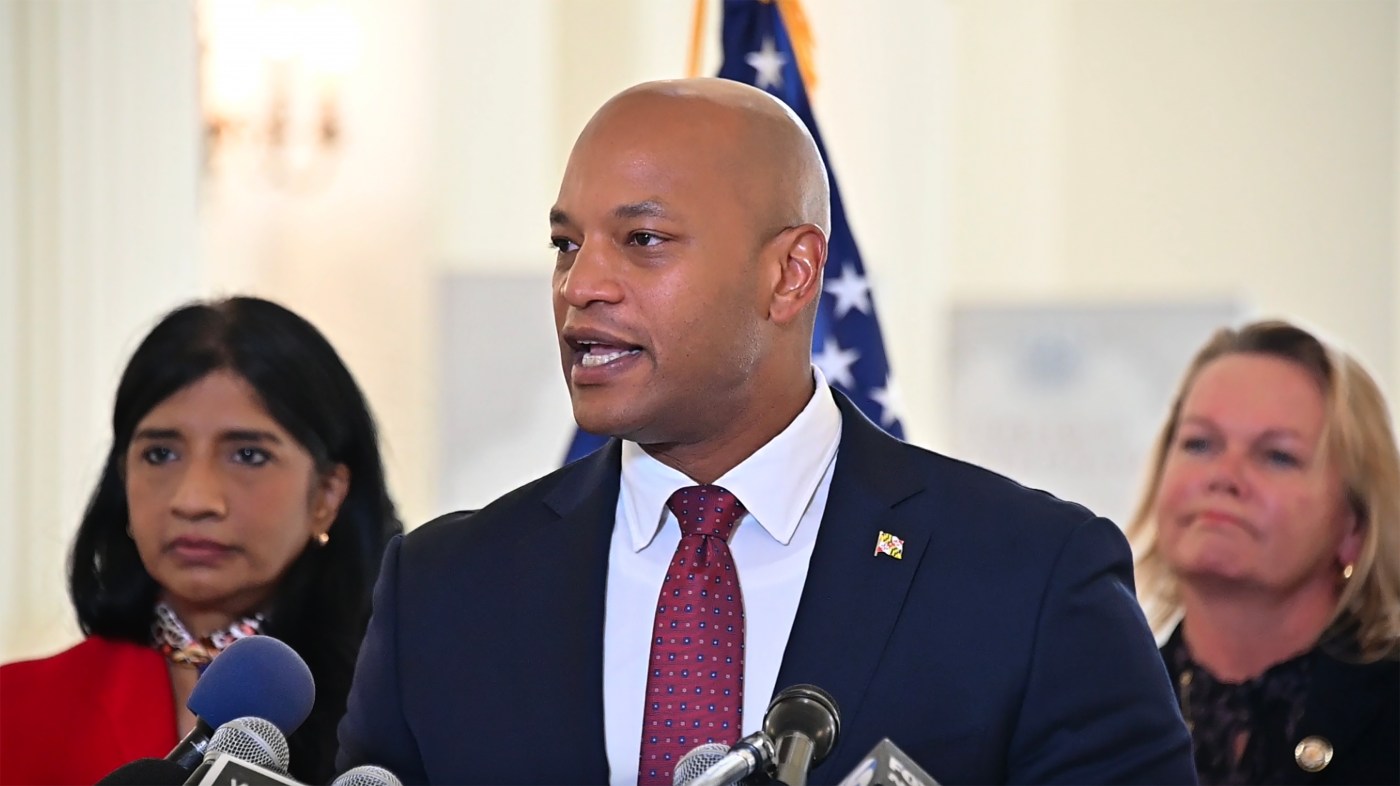UPDATE: Maryland Governor Wes Moore is under increasing scrutiny as recent polls reveal a disconnect between his ambitious promises and the reality faced by constituents. Just less than three years into his term, Moore’s leadership on issues like job growth and public safety is being called into question.
Recent data shows that while a majority of Marylanders approve of Moore’s performance, they struggle to identify tangible successes. A poll conducted earlier this month indicates that support for the governor is softening, with declining net approval ratings reported throughout the year.
Moore claimed that Maryland’s unemployment rate has seen significant improvement since he took office in January 2023. However, when he was inaugurated, the unemployment rate was 2.3%, ranking fifth-lowest in the nation. It has since risen to 3.6%, positioning Maryland at 15th in the U.S. This claim has sparked skepticism among residents who are beginning to notice the discrepancy between rhetoric and reality.
In comparison, neighboring Virginia has outperformed Maryland on several economic fronts. Since 2022, Maryland’s median annual household income has dropped by 4.9%, while Virginia has seen a rise of 7.6%. Average hourly earnings in the private sector have also surged 8.5% in Virginia compared to Maryland’s 4.3% growth since Moore’s inauguration.
The cost of living in Maryland remains a pressing issue, ranking seventh-highest in the nation, with housing costs 26% above the national average. Consequently, the homeownership rate in Maryland has plummeted from 71.8% before Moore took office to just 68.5% in 2024. In contrast, Virginia’s homeownership rate has increased from 67.4% to 70.5% over the same period.
Public safety metrics also show mixed results. While Moore has touted a drop in violent crime, Maryland’s per capita rate of violent incidents fell only 0.7% from 2022 to 2024, significantly below the 7.5% national decline and Virginia’s 8.4% reduction. The homicide rate has decreased by 30% in Maryland, mirroring national trends, but much of this improvement is attributed to changes in Baltimore’s law enforcement.
Critics argue that Moore’s administration has excelled primarily in expanding government. Since January 2023, the state workforce has increased by 16.7%, while state tax collections rose by 6.7%. This rapid expansion has led to budgetary challenges, prompting the governor to propose $1.6 billion in tax increases and implement employee buyouts.
As Maryland’s performance lags behind Virginia in key economic indicators, including a ranking of 35th in business climate and 44th in economic freedom, there is mounting pressure on Moore to enact significant reforms. With a Democratic supermajority in the state legislature, the governor faces obstacles in shifting away from progressive policies that many believe are failing.
The clock is ticking for Governor Moore to leverage his considerable rhetorical skills to enact meaningful change before the next election cycle. With Marylanders increasingly aware of the gap between promises and results, the urgency for effective governance has never been higher.
As the situation develops, Moore’s ability to navigate these challenges will determine the future economic landscape of Maryland.
